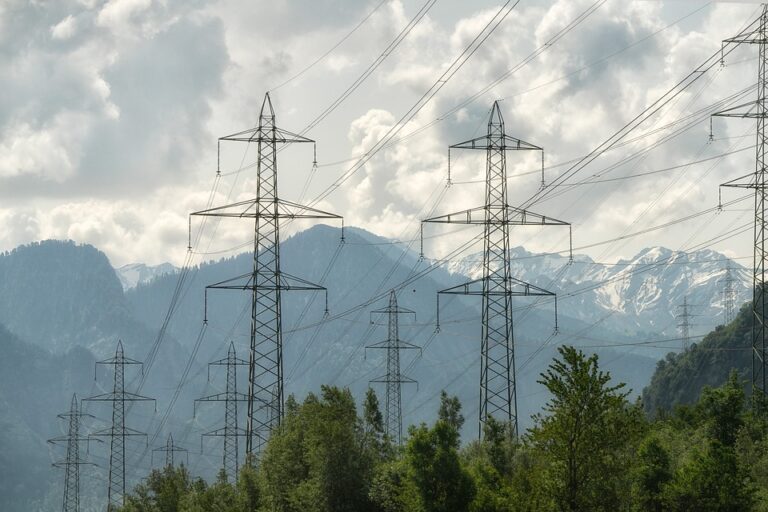The High Stakes of Project 2025: Balancing Innovation and Environmental Responsibility
In an era defined by rapid technological advancement and growing environmental consciousness, Project 2025 stands at the forefront as a formidable initiative poised to alter our ecological trajectory. Backed by a coalition of governments, NGOs, and private enterprise, this ambitious undertaking aspires to leverage cutting-edge technology to tackle some of the planet’s most critical environmental challenges. However, as anticipation builds around its potential, a wave of skepticism emerges, questioning whether Project 2025 is our beacon of hope or a harbinger of ecological turmoil.
The Promise of Environmental Innovation
At its heart, Project 2025 pledges to harness advanced technology to champion sustainability and ecological restoration on an unprecedented scale. The initiative principally focuses on revolutionizing energy production. Massive installations of solar farms, breakthrough wind turbine technologies, and advancements in nuclear fusion are set to mitigate the planet’s dependency on fossil fuels significantly. Advocates underscore the immense potential of these shifts—not only in slashing carbon emissions but in staunching the impacts of climate change.
Beyond energy, Project 2025 ambitiously targets ecosystem restoration, with plans for extensive reforestation, marine habitat conservation, and biodiversity programs. Using advanced AI and satellite technology to monitor progress, these efforts promise transparency and measurable success metrics. The incorporation of the circular economy—through recycling, waste reduction, and sustainable manufacturing—envisions closing the loop on consumption, positioning sustainability as economically feasible.
The Shadow of Ecological Disaster
Despite the initiative’s promise, critics warn of unintended environmental consequences lurking in the shadows. The primary critique is Project 2025’s reliance on nascent technologies such as geoengineering and synthetic biology. Critics like Dr. Elaine Zhou, a renowned ecologist, caution that, "Implementing technologies that we don’t entirely understand could upset ecological balances, impacting biodiversity in ways we cannot predict."
Furthermore, the scale of infrastructure necessary for the project’s green energy goals raises alarms over land use. The installation of expansive solar arrays and wind farms, while environmentally friendly in essence, demands significant land alterations that may disrupt habitats and displace wildlife—an issue reminiscent of environmental concerns around the development of the Ivanpah Solar Plant in California, where large-scale solar installations have affected the local desert tortoise population.
There are also socio-economic repercussions tied to the technology transition. As history suggests, transformative innovations benefit some while sidelining others—potentially exacerbating existing disparities. Communities reliant on fossil fuel industries may face economic challenges without strategic transition plans.
Navigating the Path Forward
The dichotomy between innovation and potential disaster epitomizes the complex nature of addressing global environmental challenges. Project 2025 underscores the urgency for a multifaceted strategy that judiciously balances technological progress with ecological preservation and social equity.
Moving forward, it’s imperative that stakeholders commit to transparency and inclusive governance, ensuring a wide spectrum of voices—especially those from indigenous communities and local stakeholder groups—are heard. Comprehensive and continuous impact assessments should guide the course, recalibrating strategies as new data and feedback become available.
The fate of Project 2025 hinges on adeptly managing these intricacies and potential risks. Success could set a benchmark, illustrating how innovation serves the planet’s betterment. Conversely, failure could offer a sobering narrative about ambition amid ecological volatility.
As the project unfolds, its outcomes will profoundly influence future environmental strategies and the global discourse on sustainability, shaping the decisions that bind our collective effort to safeguard the planet for generations to come. Let this serve as a call to action—not just to the architects of Project 2025, but to us all, to remain vigilant, informed, and engaged, championing a sustainable future through responsible innovation.
